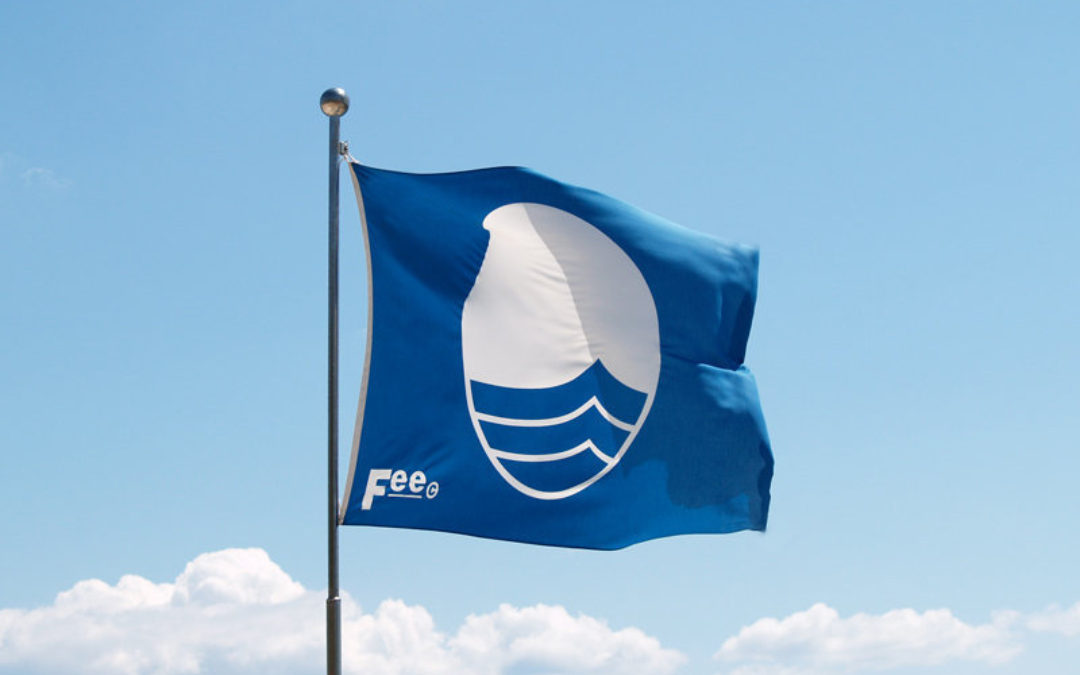Port and sea
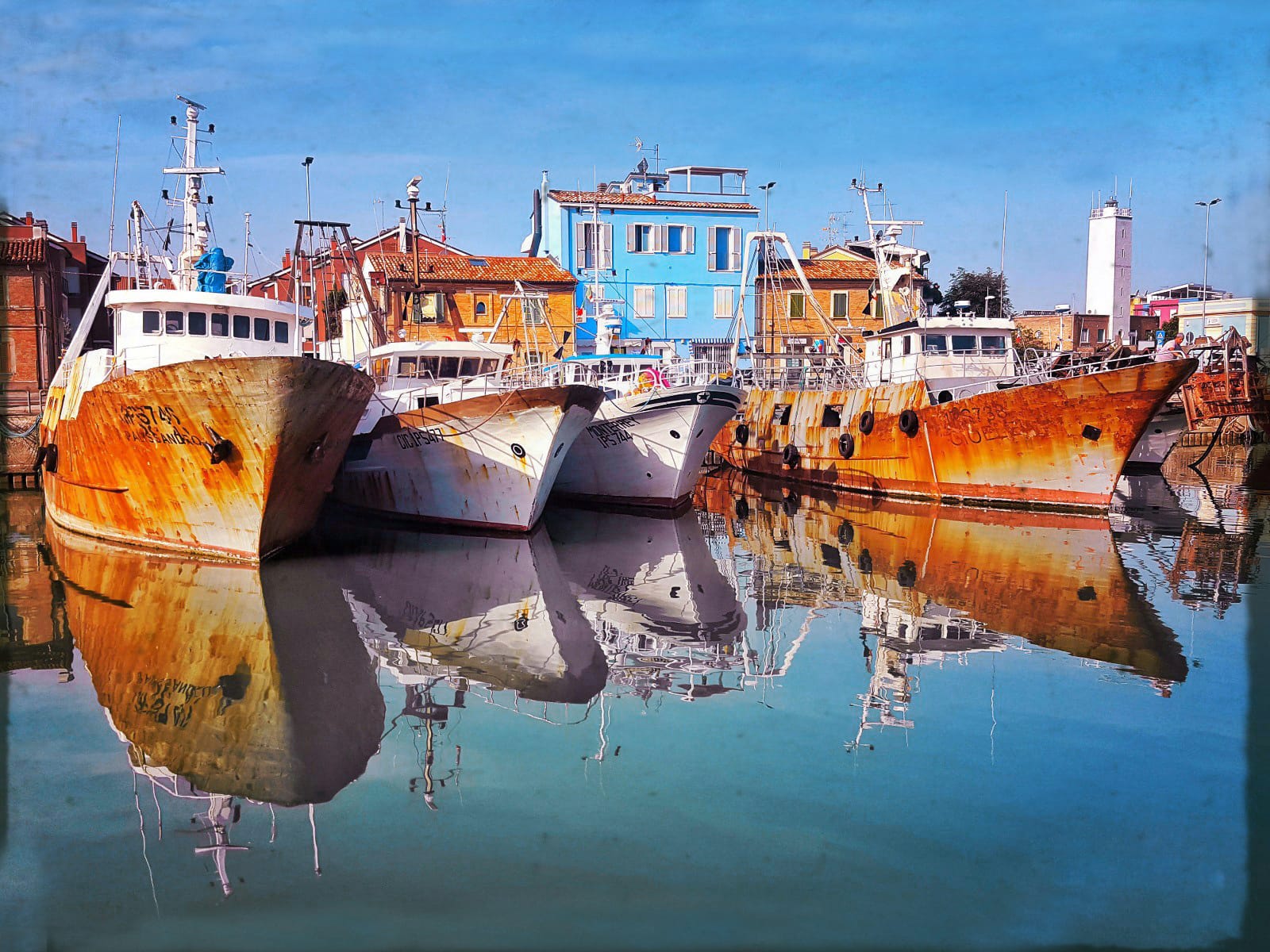
MARINA DEI CESARI AND LISIPPO PROMENADE
Marina dei Cesari is a true ‘port in the city’: in fact, the new dock is located within walking distance of Fano’s historic center full of shops, cultural activities and perfectly preserved historical monuments. The marina stands alongside the old commercial harbor, an area full of color and life, with characteristic fishermen’s cottages overlooking the sea, the two long beaches, one pebbly and the other sandy, restaurants, hotels, opportunities for gatherings that enrich the services offered by the marina and make a stay ashore an extra opportunity for vacation and fun.
The Fano marina can accommodate 420 boats from 7 to 40 meters and provide all the dockside services necessary to ensure safety and comfort.
The Marina dei Cesari can also be reached on foot from the Sassonia waterfront by walking along the Lysippus Promenade, a connection on a fixed pier, protected by rocks, that directly overlooks the sea.
The scenic route is accessible to cyclists, pedestrians and is fully accessible. The length of the entire promenade, just over a kilometer, makes it one of the longest on the Adriatic coast. At the end of the promenade, overlooking the marina, you can admire a copy of the statue of Lysippus, the well-known bronze sculpture found in the Adriatic Sea by fishermen in 1961. The sculpture, dated between the 4th and 2nd centuries B.C. and attributed, on a purely stylistic basis, to the Greek sculptor Lysippus or one of his pupils, is now housed at the Getty Museum in Malibu, California. Various Italian governments, along with the Marche Region and the Municipality of Fano, have in recent years demanded the statue’s return to Italy, but the American museum has always responded negatively and deemed the requests unfounded due to the impossibility of determining the precise location of the recovery.
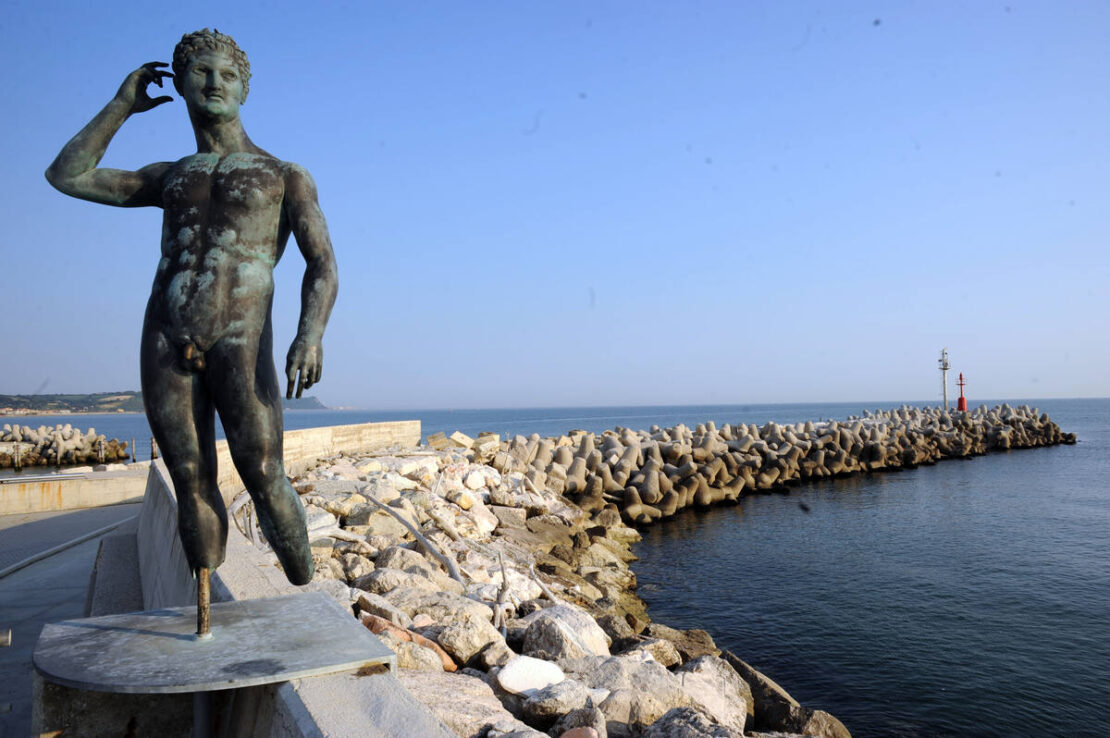
THE FISH MARKET
The city of Fano, since Roman times, immediately felt the need for a port because of its geographical location. As early as the 12th century, Venice had relations with the port of Fano. Port that was remade in 1616, under Pope Paul V Borghese (Darsena Borghese), and expanded in the 19th century. Thanks to this intervention, the subdivision of the port area into three different functional areas dedicated to fishing, shipbuilding and recreational activities was implemented.
The wholesale fish market, starting in 1912, was placed in a warehouse in the Liscia area. He later moved to the Sailor’s House on Francesco Castracane Street near the Port-Channel and in 1931 to the lodges of the Borghese Dock, near the Albani Canal outlet.
Even this location gradually proved insufficient, so that a special building had to be constructed along Adriatic Avenue (viale Adriatico), which opened in May 1939.
Municipal wholesale market for fishery production
Currently, the building still performs its functions and auctions for wholesale sales are held there.
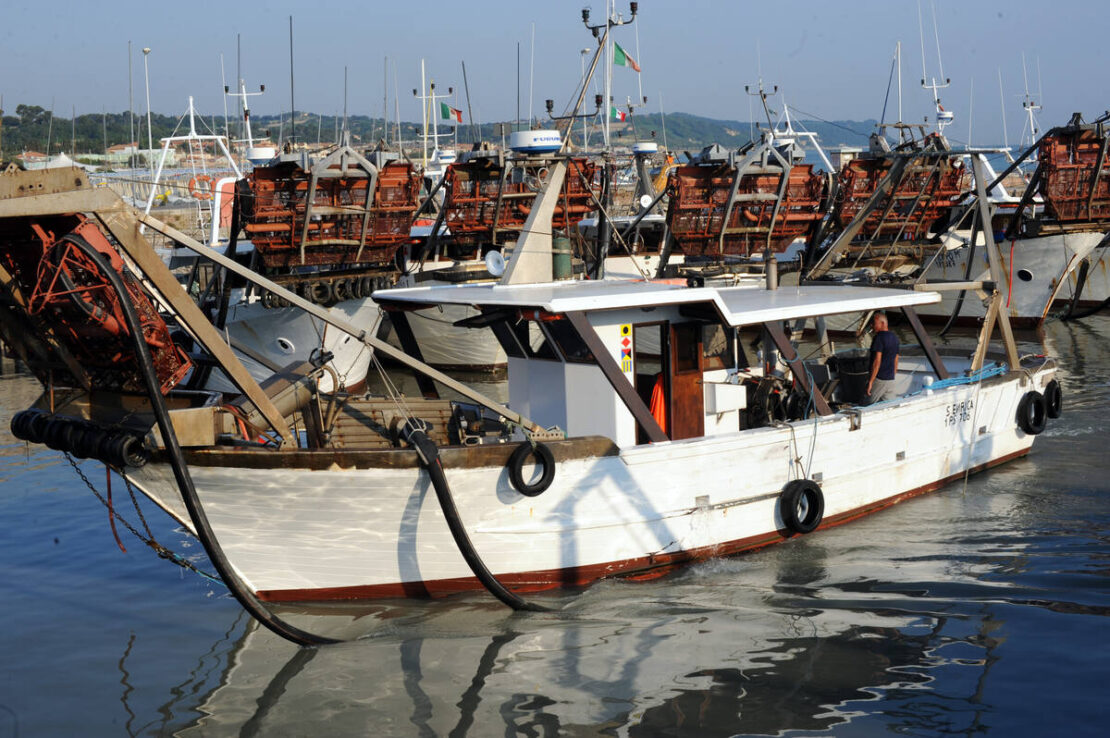
THE “QUADRI”
Trabucchi are maritime constructions that belong to the vast sampling of popular architecture in the Marche region. They are investigated from Gabicce Mare to San Benedetto del Tronto.
Whether you call them, depending on the local idioms, “bílancion”, “quadri”, “lugerne”, “pésche” or “trabucchi”, these curious fishing platform resembling stilts feature a wooden hut on the platform surrounded by a framework of tie-rods and supports, with catwalks projecting over the water and rocks.
Made with salvaged materials, with wooden poles and planks, cables and iron pipes more or less corroded by water and saltiness, they constitute a concentration of skillful technique, passed exclusively through the sieve of experience.
Although subjected to winter weather and the scorching rays of the summer sun, slapped by storm surges and bora, they are the ideal habitat for those who, out of necessity or passion, fish with giant square nets.
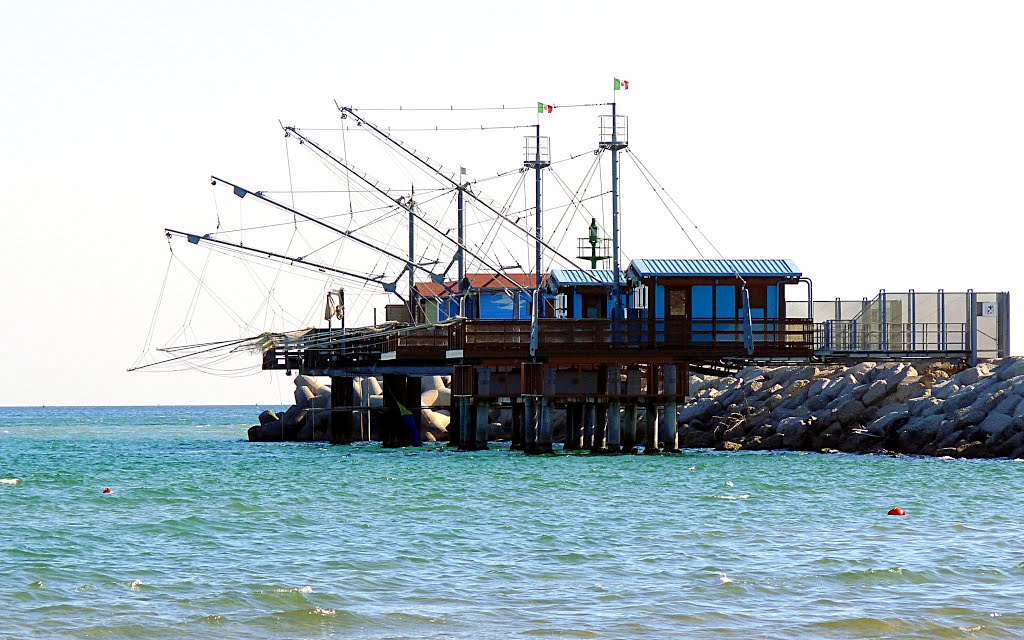
SASSONIA AND LIDO WATERFRONT
Fano’s beaches unfold along a long coastal strip from Pesaro to Ponte Sasso. The shoreline to the north is protected by hills covered with Mediterranean scrub that color the sea below with green. Opposite the city, two beaches, divided by the harbor piers, have different characteristics. To the west, the Lido offers a carpet of fine, golden sand.
To the east, the “Sassonia,” with round, polished pebbles, has protected spaces for children to play with plenty of sand and welcoming gardens.
In addition, a quiet and totally relaxing vacation can be experienced at the seaside resort of Torrette, on the coast immediately south of Fano, which offers a fine sandy beach, hotels, campgrounds and restaurants that overlook the sea.
Another significant award that Fano can boast of is the positive recognition by Legambiente and the historic Goletta Verde (Green schooner), which monitors the Italian sea every have, in relation to the good state of preservation of the marine and coastal environment, as well as the quality of receptive services.
There are also two dog and family-friendly beaches in the area with free access to the sea, and dogs can stay under the umbrella and relax!
More information of the establishments can be found at the relevant sites:
In addition, Fano is awarded the Blue Flag, a prestigious award that attests to the quality of life and the ecosystem-first and foremost the purity of the water-but also to the cleanliness of the coastline, the level of urban services, and sensitivity and respect for the landscape and cultural heritage.
Beaches for children
After the Blue Flag, Fano was awarded the Green Flag recognition, which is given annually by Italian pediatricians to those locations considered suitable for families and children. Fano, City of Children, has traditionally seen the development of a predominantly family-oriented tourism that over the years has been enriched with numerous services dedicated specifically to families and especially their children.
